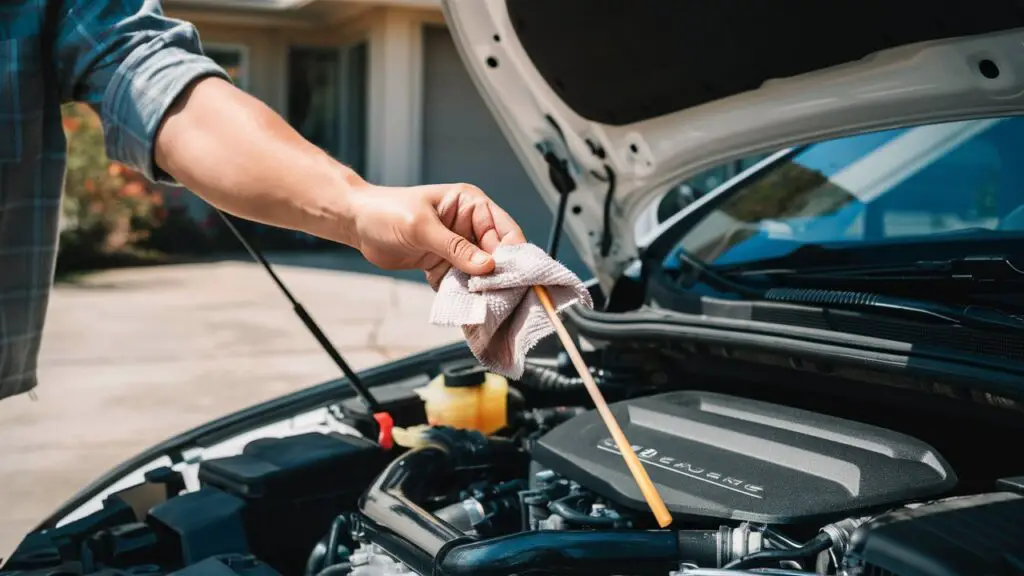
Car breakdowns are inevitable, but low fluid levels can make them hilarious. Imagine finding yourself stranded on the side of the road due to a forgotten oil or coolant check!
According to a report I read, 36% of car breakdowns are due to preventable issues, so it’s crucial to check car fluids regularly to avoid low levels.
Your car’s fluids are its lifeblood, and knowing how to check them can save you from the 36%.
Whether you’re a seasoned gearhead or a newbie car owner, this guide will have you checking your car fluids like a pro in no time.
Contents
Tips to effectively check car fluids level
Here are some general tips for car fluid checks:
- When the engine is cool, always check the fluids (except for some transmission fluid checks).
- To stay on top of maintenance, use a fluid check schedule.
- Keep track of fluid replacement intervals for each type.
- Be aware of fluid leak detection; a clean driveway can help you spot leaks early.
- Invest in some basic tools like a funnel and gloves for safe fluid handling.
Remember, regular car maintenance, including fluid checks, can significantly extend your vehicle’s life and prevent costly repairs.
1. Engine Oil
Engine oil is a lubricant that reduces friction and heat between the moving parts of an engine, ensuring smooth operation and preventing wear and tear. Regular oil checks are the only way to avoid any breakdown.
First things first, pop that hood and locate the dipstick. It’s typically brightly colored and labeled for simple spotting. For the oil check process, follow the steps below:
- Pull out the dipstick and wipe it clean.
- Reinsert it fully, then pull it out again.
- Check the oil level; it should be between the two marks.
- While you’re at it, examine the oil consistency.
But wait, there’s more to engine oil than just levels. The color of engine oil can reveal a wealth of information:
- Amber: Fresh oil, looking good!
- Brown: I’m still okay, but I need to monitor it closely.
- Black: It’s time for an oil change, my friend.
Remember, oil viscosity is equally important. It might be time for a change if it’s too thick or thin. And speaking of changes, don’t forget to pair your oil change with an oil filter change for maximum engine protection.
Pro tip: Create an oil check schedule and stick to it.
2. Coolant
Coolant is a liquid that absorbs heat from the engine and prevents it from overheating. A lack of the right amount can cause a breakdown.
How do you check the coolant level?
First, locate the coolant reservoir. It’s usually a translucent plastic container near the radiator. If found, then observe the
golden rule: Never open a hot cooling system. Safety first is the watch word here therefore use a hand glove if available.
When checking your coolant level:
- Look for “full” and “low” markings on the reservoir’s side.
- The level should be between these marks when the engine is cool.
- If it’s low, top it with the right type of coolant (check your manual!)
Speaking of coolant types, let’s talk about the coolant mix ratio. Most vehicles use a 50/50 mix of antifreeze and water. But don’t just dump in tap water! Use distilled water to avoid mineral buildup.
Now, let’s play detective with coolant color:
- Green or yellow: Traditional coolant
- Orange or pink: Extended life coolant
- Blue: A special formulation for some European cars.
Remember, these colors can vary by brand, so always check your owner’s manual.
Pro tip: Monitor your coolant temperature sensor readings closely. If they’re consistently high, it’s time for a coolant system checkup.
See? Checking your coolant level is a breeze!
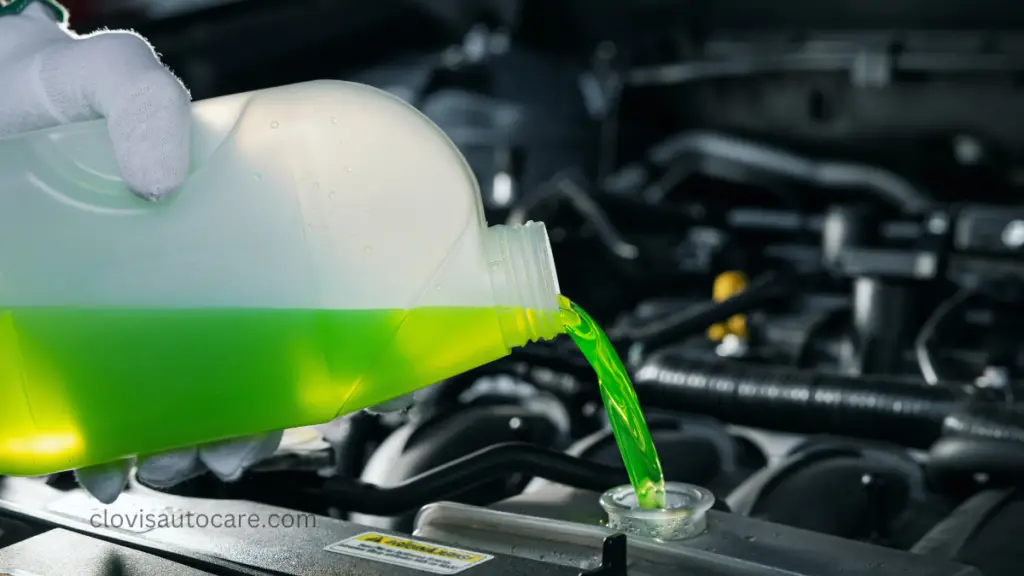
3. Brake Fluid
Brake fluid is a hydraulic fluid that transfers the force from your brake pedal to the brake components, enabling your car to stop effectively.
Finding the brake fluid reservoir is your first step. It’s usually located near the firewall on the driver’s side, marked “Brake Fluid.”
Here’s how to check your brake fluid:
- Look at the reservoir’s side; you’ll see “MIN” and “MAX” lines.
- The fluid level should be between these marks.
- If it’s low, carefully top it with the correct DOT-rated fluid.
Now, let’s discuss brake fluid contamination. Clean brake fluid should be clear with a slight yellow tint.
If it’s dark or muddy, it’s time for a brake fluid flush. Why is it necessary to regularly check the fluids? Here is how the brake works.
Modern car brakes use hydraulic fluid to connect the pedal to the brakes. When you press the pedal, a plunger presses the brake fluid, causing the brake pads to clamp onto the rotors and slow the car.
Remember, brake fluid is hydrophobic—it absorbs moisture from the air. This lowers its boiling point, potentially causing brake failure. That’s why regular brake fluid inspection is crucial!
4. Power steering fluid
A power steering fluid is a hydraulic fluid that makes it easier to turn the steering wheel by transmitting pressure from the steering wheel to the steering mechanism.
Since some newer models use electric steering, you don’t need this information if you drive on electric steering.
But as a car user, your knowledge of this information can help others.
There’s no specific schedule for replacing the power steering fluid, but it’s important to know how to check it.
Find the power steering reservoir, typically marked with a label and situated close to the power steering pump.
To check the power steering fluid:
- Some cars have a dipstick; others have level indicators on the reservoir.
- If using a dipstick, wipe it clean, reinsert it, and check the level.
- For reservoirs, ensure the fluid is between the “MIN” and “MAX” lines.
Keep an eye out for power steering fluid leaks. A puddle under your car or difficulty steering could indicate a leak. Also, if your fluid looks dark or smells burnt, it might be time for a change.
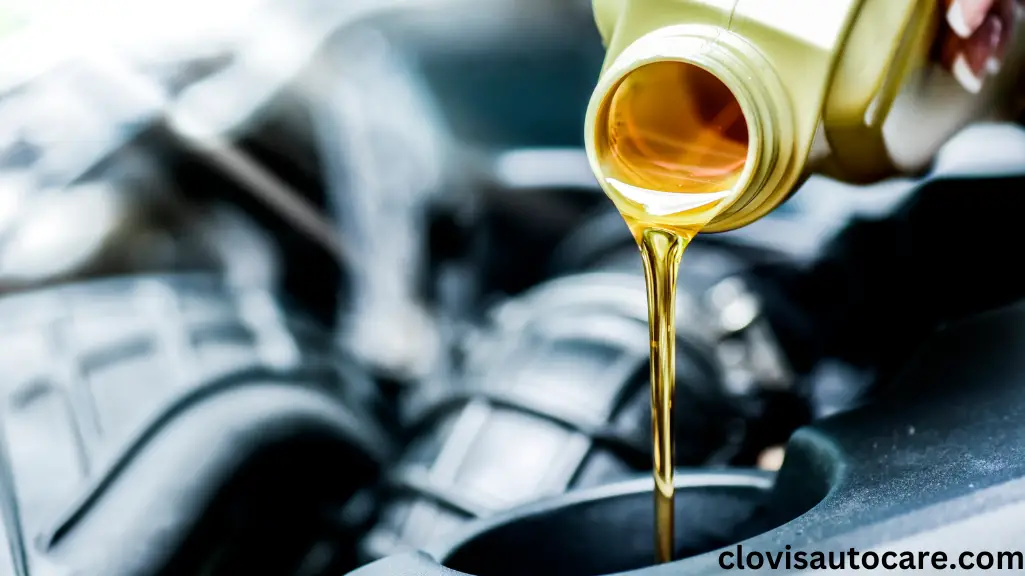
5. Transmission Fluid
Transmission fluid is a liquid that keeps the gears in your car’s transmission system running smoothly by reducing friction and cooling the components. It also helps with shifting gears efficiently.
Transmission fluid checks can differ between automatic and manual transmissions. For automatics, you’ll usually find an automatic transmission dipstick under the hood.
Don’t get me wrong, I have encountered cars without a dipstick.
Check the automatic transmission fluid:
- Start the engine and let it idle (check your manual for specifics).
- Locate and pull out the transmission dipstick.
- Wipe it clean, reinsert it fully, then check the level and color.
For manual transmissions, the process might require getting under the car. When in doubt, consult a professional.
Healthy transmission fluid should be red or pink. If it’s brown or smells burnt, it might be time for a transmission fluid flush.
To add transmission fluid, pour it into the fill tube if your vehicle has one.
After verifying the fluid level on the dipstick, move the gear selector through the gears with your foot on the brake to help the new fluid flow through the transmission.
Transmissions are complex pieces of equipment, so if you continue to have problems, it’s best to contact a professional.
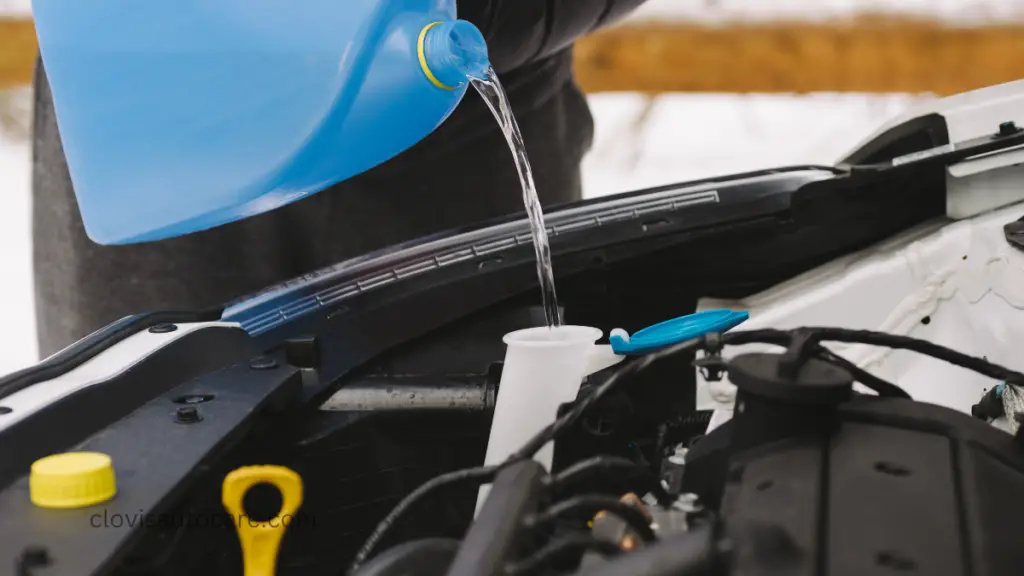
6. Windshield Washer Fluid
Last but not least, let’s not forget windshield washer fluid.
Windshield washer fluid is a liquid used to clean your car’s windshield while driving, helping to remove dirt, bugs, and other debris for clear visibility.
This simple fluid is essential for safe driving on the road.
Find the washer fluid reservoir; it often has a windshield or water symbol on the cap. These dashboard signs alert drivers to the condition of most cars.
Checking and filling the washer’s fluid:
- Open the cap and peek inside, or check the level indicator if it’s present.
- If it’s low, fill it up with washer fluid (never use just water!)
- Don’t overfill; leave some room for expansion.
The windshield washer fluid is the easiest fluid to maintain. You can easily find it at gas stations or auto supply stores, and it’s quite affordable.
Simply pour the fluid into the reservoir until it’s full, close the cap, and you’re prepared to go. You can even make your own if you prefer!
In colder climates, consider using winter washer fluid to prevent freezing. For summer, you might opt for a bug-removing formula.
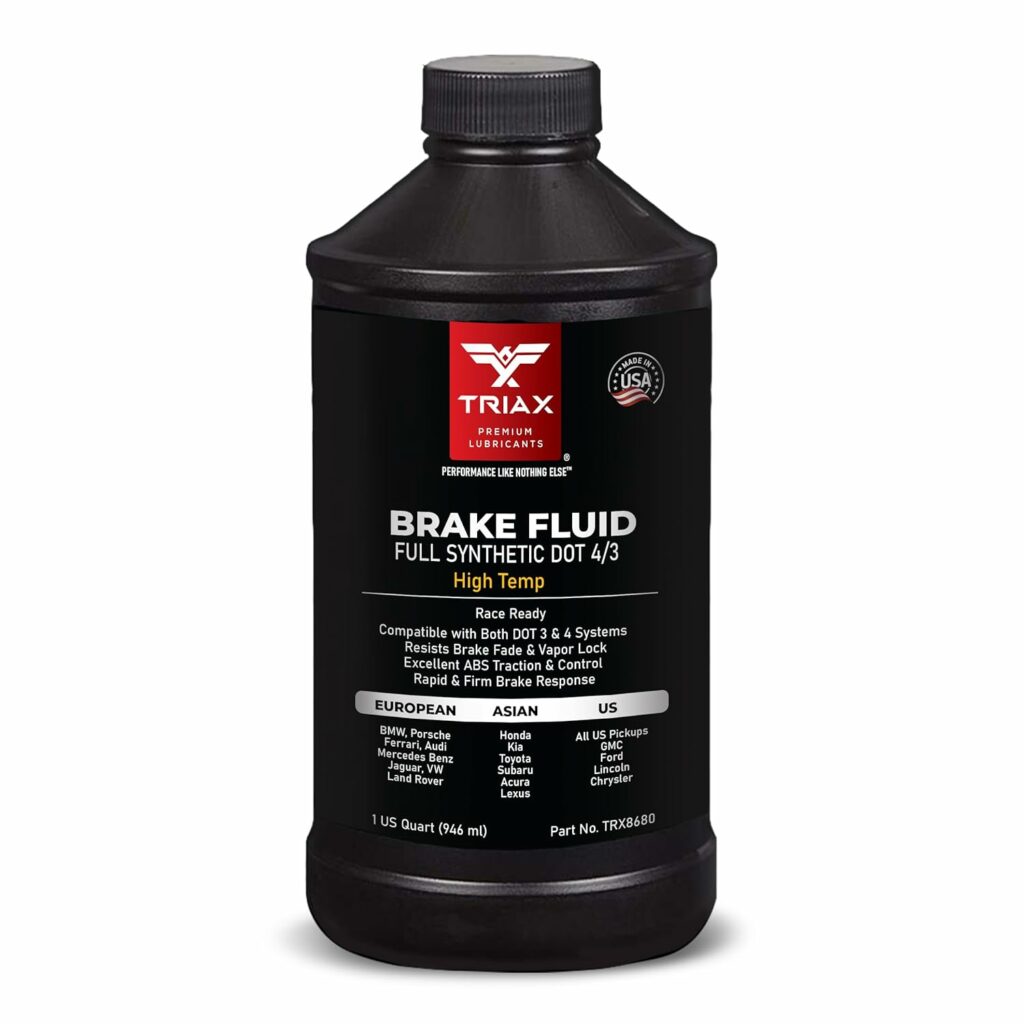
Conclusion
There you have it, folks! Now you know how to maintain the optimal condition of your car’s fluids.
Remember, regular fluid checks are like health check-ups for your car—they prevent small issues from becoming big, wallet-draining problems.
You’re not just saving money by taking a few minutes each month to pop the hood and inspect your fluids; you’re ensuring a smoother, safer ride for you and your passengers.
So, why not start today? Grab that owner’s manual, head out to your car, and give those fluids a once-over.


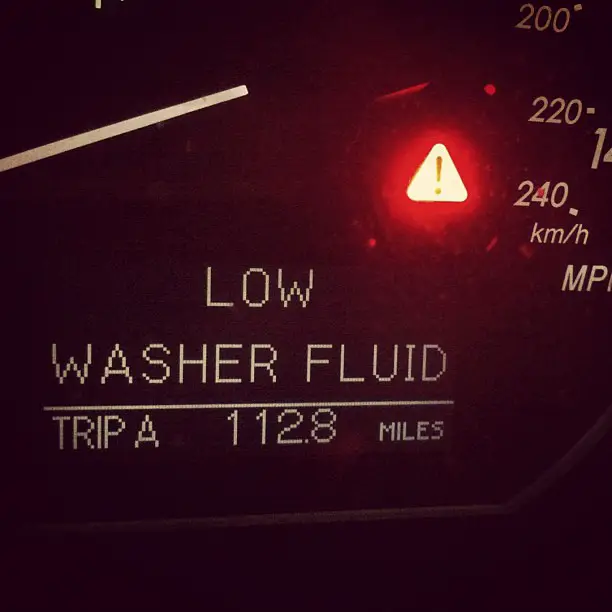
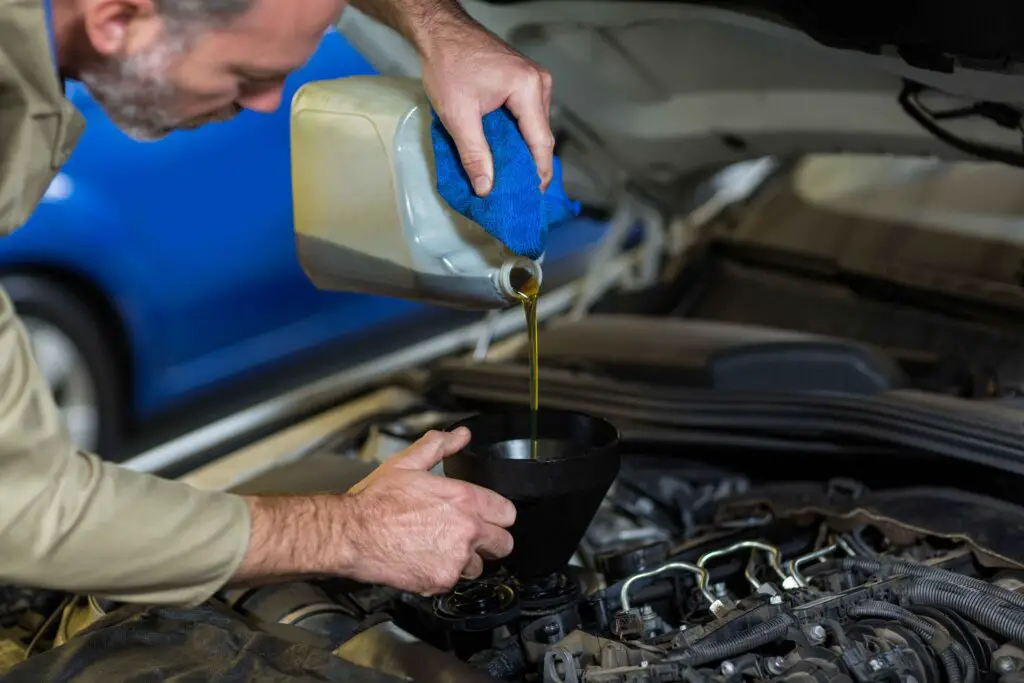
Leave a Reply